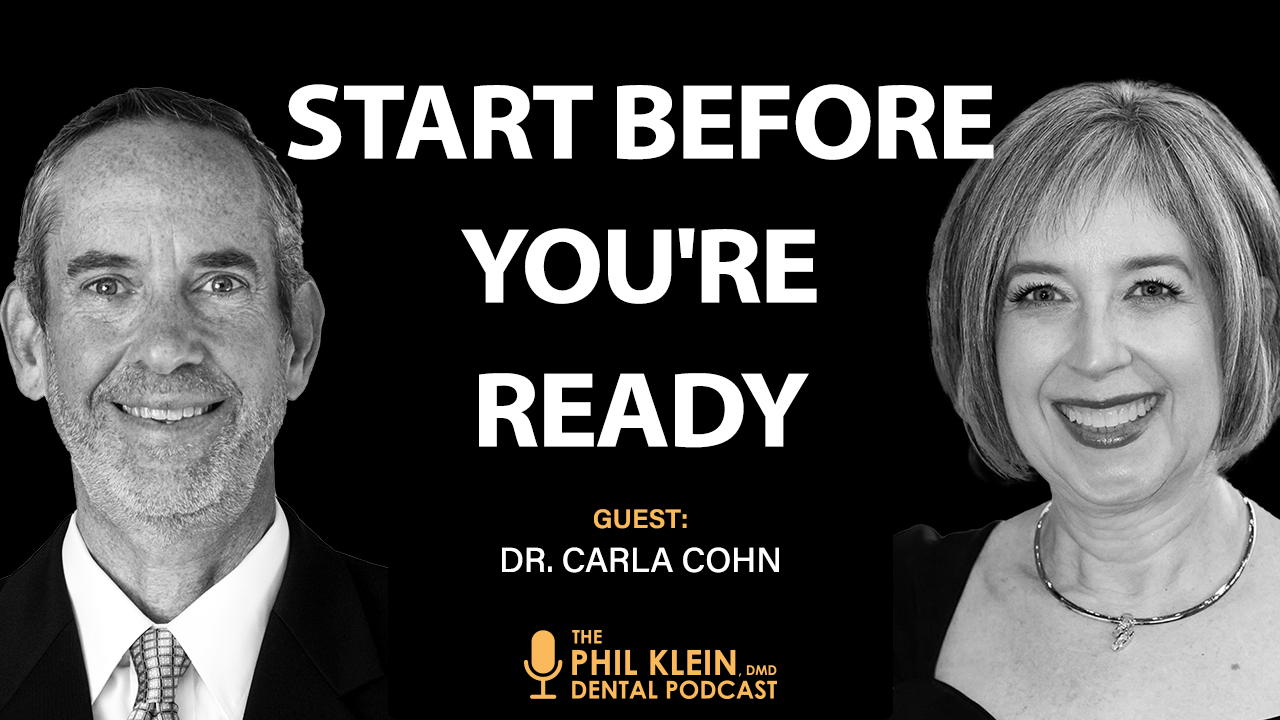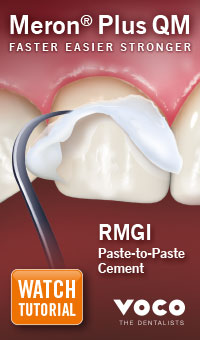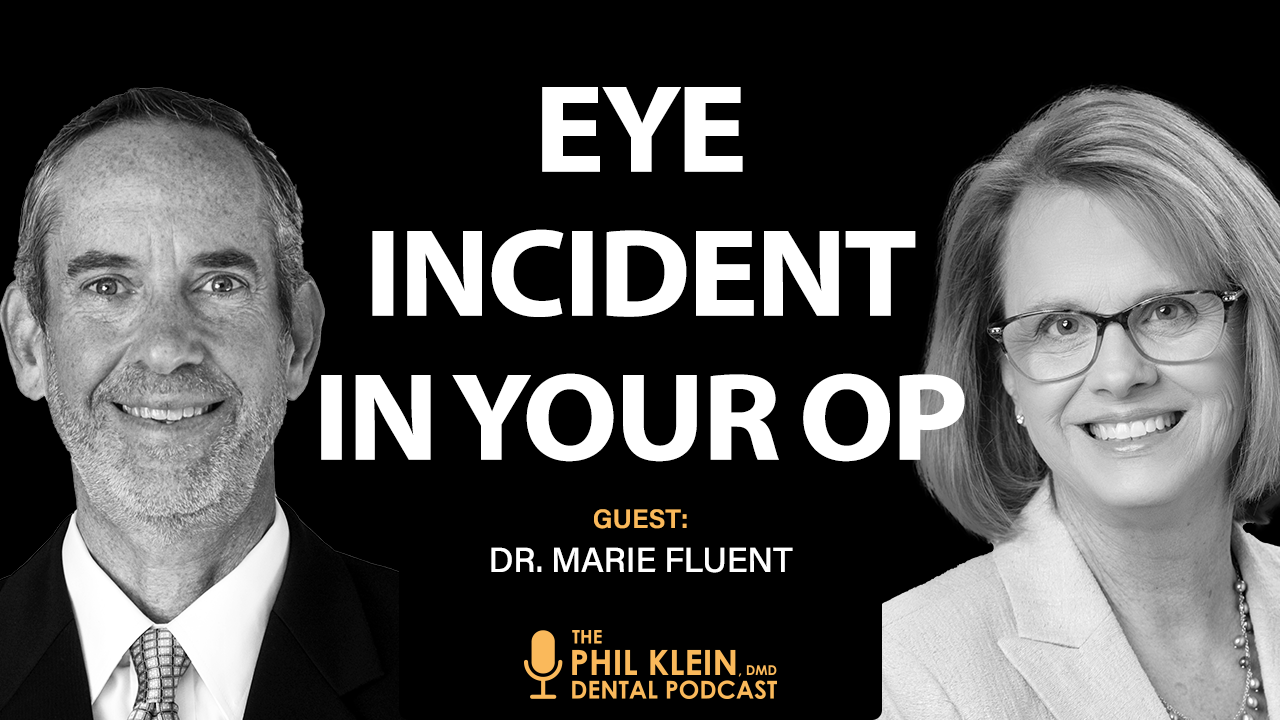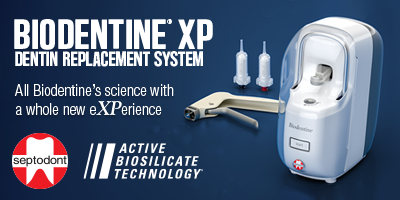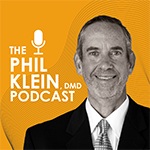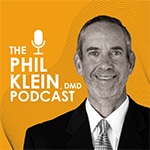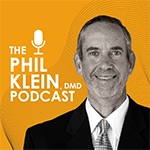
Zirconia vs. Emax: Expert Material Selection and Cementation Tips
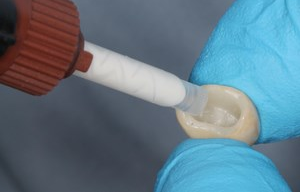 Doesn’t “Zirconia vs. E.max®” sound like the headline
for a boxing match? You can just hear the announcer: “In this corner we have
Zirconia, known for its incredible strength, while in this corner we have E.max®
lithium disilicate, known for looking great in the arena. Which will be the
winner in today’s material selection matchup?”
Doesn’t “Zirconia vs. E.max®” sound like the headline
for a boxing match? You can just hear the announcer: “In this corner we have
Zirconia, known for its incredible strength, while in this corner we have E.max®
lithium disilicate, known for looking great in the arena. Which will be the
winner in today’s material selection matchup?”To answer that question we spoke to Dr. Alex Vasserman, a
practicing dentist from Manhattan who is passionate about full-mouth
reconstruction with a focus on cosmetics, longevity and predictability. Dr.
Vasserman has a proven approach for choosing the “material selection winner”
for indirect restorations, and then successfully placing the restorations so that
they last.
The first step is to put the case into one of three categories
“I try to keep it very simple in my practice,” Dr. Vasserman declares. “I basically put my indirect restorations into three categories: aesthetic, adhesive and cohesive.”
· Aesthetic – Anything that’s in the smile zone. If there are no bite issues and you’re not changing the color too much, Dr. Vasserman recommends either E.max® (primarily pressed E.max®) or feldspathic porcelain.
· Adhesive – For an onlay or a minimally prepped crown where you have a lot of enamel, use E.max®. But if there are any occlusal issues or if the patient has parafunctional habits such as bruxing, you should use Zirconia.
· Cohesive – For your other crowns and
bridges, look at the tooth from the occlusal view. If you see that you do not
have a full ring of healthy enamel, and/or if the patient has parafunctional
habits, you’ll want to do a cohesive restoration.
If there are parafunctional habits or neurological disorders that affect the mouth, use Zirconia. “A red flag to me,” Dr. Vasserman observes, “is when everything is okay but that second molar is kind of beat up. I’m very cautious about using E.max® on that tooth.” Otherwise, go with E.max®. As long as there’s a 1.5 millimeter reduction, you can even use E.max® posteriorly.
There are a few red flags that can affect the
restoration’s success
Regardless of your material selection and cementation techniques, you need to watch out for the following:
· Parafunctional habits – Including bruxing, nail biting, mouth breathing and other habits that put stress on the teeth and occlusion.
· Joint and occlusal disease – Results in the teeth being out of alignment and puts stress on the occlusal system.
· Insufficient prep height – You need at
least two millimeters of sound tooth structure and two millimeters of
some kind of core build up. Altogether, you do need four millimeters which
includes an adequate ferule.
If you’re looking at any of these red flags, as Dr. Vasserman points out, “It becomes very tricky. The patient needs to know that the prognosis is guarded, whether it’s E.max® or zirconia. The patient needs to understand that because there’s not too much tooth structure, one day this restoration will come off.”
Cementation protocol for E.max® restorations
“Let’s
say it’s a totally adhesive restoration,” Dr. Vasserman states, “say it’s
totally flat, no retention whatsoever. We need to go fully adhesive here. I
most likely will use a rubber dam. We are particle abrading the tooth and selective
etching the enamel only for 15 seconds. We’re applying All Bond Universal from
BISCO, because it’s easy. It’s one bottle, it works with different cements and
it has MDP on it. We’re applying two coats of that and air drying between the
two applications. We’re curing it. And then if it’s an adhesive principle, use
All Bond Universal and Duo-Link. It’s an adhesive cement, also from BISCO.”
“However,” Dr. Vasserman continues, “if it’s a cohesive restoration where I have my six degrees of taper, four millimeters of prep height, and I don’t really need to go adhesive, here I will just use TheraCem. I will particle abrade the tooth. I will load my crown with TheraCem and I will fit it over because, remember, here I’m not relying on my adhesive principle. I’m relying on my cohesive. This is the zinc phosphate concept that worked for generations forever. And a lot of those restorations don’t come off unless they’re fatigued. So here I will place my TheraCem. I will particle abrade the tooth and that’s it.”
Cementation protocol for zirconia restorations
For an adhesive zirconia restoration, Dr. Vasserman recommends that you:
1. Particle abrade the tooth.
2. Selective etch the enamel.
3. Apply BISCO All Bond Universal to the tooth.
4. Clean and particle abrade the restoration.
5. Apply BISCO Z-Prime to the restoration.
6. Seat the restoration.
For a cohesive zirconia restoration, Dr. Vasserman recommends that you:
1. Clean and particle abrade the restoration.
2. Apply BISCO Z-Prime to the intaglio of the restoration.
3. Particle abrade the tooth.
4. Seat the restoration over the tooth.
Get your staff involved
With indirect restorations, there are a few steps that you do not need to do yourself. “My staff will check whether it’s E.max® or zirconia,” Dr. Vasserman shares. “If it’s E.max®, all they’re doing is silanating it. If it’s zirconia, they will particle abrade it. But I will never – and that’s a big never – particle abrade my E.max®. If you particle abrade E.max® there’s a high chance that it will fracture. Then the rest is set up right in the office. It’s a very easy system.”









